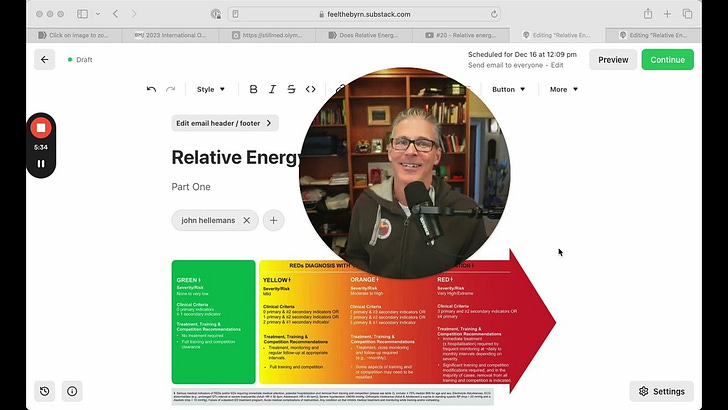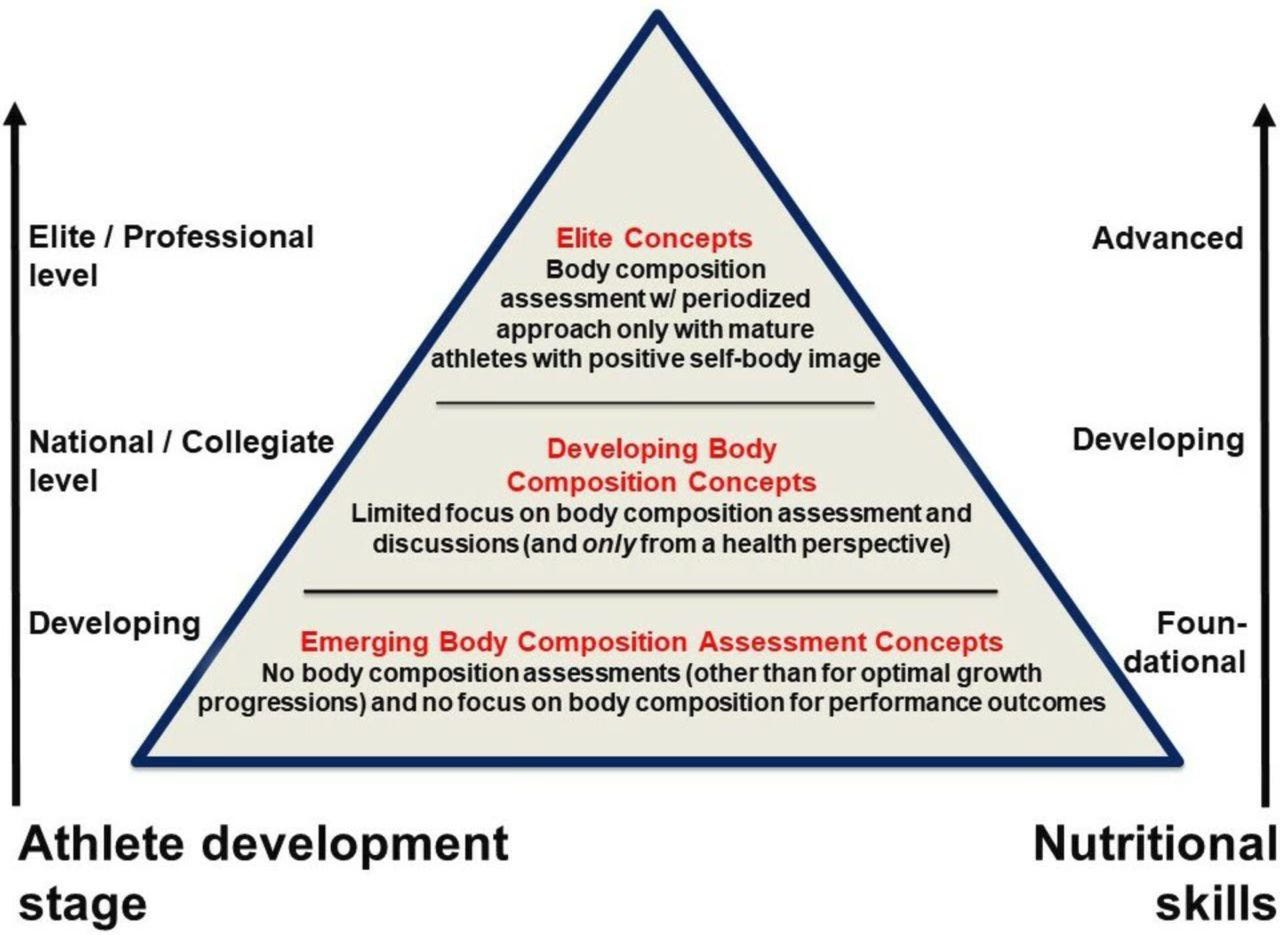In Part One, John did an excellent job of laying out his thoughts on REDs. What I hope to achieve today is applying his perspective (for the elite athlete) to a wider audience, ie you (!).
Let’s bring some perspective to how Part One impacts us in the real world.
Even for elites with long careers, most of their lives will be lived on the far side of their best results. Our lives are spent experiencing health, or dealing with its absence.
Wise elites schedule healing periods inside each year and between Olympic cycles. During these lower stress periods, their focus is on health. The very best go one step further and remove themselves from their in-season high-performance environments.1
These health-centered periods rarely appear in the discussion of REDs. Avoiding REDs may have a connection to what we don’t see.
What I mean here… not everyone with low energy availability (LEA) progresses to REDs, and some athletes with short-term LEA experience superior results.

The Duration of the Stress. Put simply, LEA is used as an elite tactic, not a lifestyle. The savvy coaches know this and tend to adjust their language to words like efficiency. How athletes go wrong with the tactic is the same way they go wrong with their training load and use of intensity… if some is good then more must be better… this is not true.
The Mind-Body Connection. Whenever I read multifaceted or syndrome or come across an illness with an unclear explanation… I ask myself. What role is the mind playing? In the case of REDs, might the underperforming athlete have an approach that’s leaving their nervous systems constantly overstimulated? Might this overstimulation be part of their maladaptation?
As John notes in Part One, athletes often exhibit personality traits that, when pushed too far, can damage their mental health. John makes this point in reference to elites. I’ve found the same thing with people in general. On an absolute numbers basis, there’s more chronic fatigue and burnout in the general population than our niche of endurance sport.
Eating more isn’t going to fix anything if:
We have a pattern of chronic, excessive stress.
We have a mind that’s effectively working against our goals.
…and we see this all over sport. Athletes tinkering at the edges while not addressing root causes.
What to do.
Treat yourself like you’d treat your favorite junior athlete, or child.
Fear of Eating
Athletes at risk for REDs often have a fear of eating, accompanied by a desire for chronic weight loss. Whether they get sick as elites, or not, that’s a suboptimal way to go through life.
Whether elite, or amateur, these people will benefit from the collaborative approach John outlines in Part One. What they absolutely don’t need is reinforcement with their faulty thinking.
Health Centered Living
The elite coaches in my circle have helped me accept (sorta) that there are times when suboptimal life choices can make sense to achieve athletic success.
Thing is, I’m old enough to see the other side. While, yes, many athletes are able to heal themselves after their high-performance period… some are not able to regain their health. These athletes lose a lot.
Two things I learned from Mark Allen...
First, high performance is a place we visit.
Second, is a quote from the end of Mark’s elite career, after he won World Champs for his sixth and final time... I figured if I spent the rest of my life focused on it, I might be able to regain my health. [Spoiler, he did.]
…that second point has been made by John, also in two ways.
In his writing on afib… The price I paid in health was worth it.2
In our private discussions… There is time to regain health, after performance.
The purpose of sharing these anecdotes (see another from my buddy, Clas) is to give you hope.
REDs is about more than what we eat. It’s about how we are living and thinking. If we happen to find ourselves in a pattern of disordered living then there are people available to help us create a better life situation.
Elite vs Amateur Mindsets
A professional approach is part of what makes top amateurs effective in sport. As John notes in Part One, mindset can work for, or against, us.
Time is the key difference between elite and amateur careers. Certain elite techniques boost our risk of ruin over long time horizons. The time horizon for an amateur is their lifespan.
How can an amateur identify risky techniques? Simple. They will screw up consistency, reduce enjoyment and impair long term relationships. All the while, gradually eroding health.
Done right, our amateur career is a lifelong endeavor. While some of my pals have managed to become old pros, that’s a rare outcome. I’m glad I stopped racing elite around the time of my 40th birthday and the birth of our first child. I made much better decisions for myself, and my family, as a result.3
Summing Up
I believe you should pay attention to the root causes of REDs: self image, peer group, training environment and overall stress loads.
Weekly, Monthly, Annually and Beyond. Stress needs to be cycled. Patterns expressed as athletic breakdown will impact all areas of your life.
If you’re scared to eat then get help. Many of my pals are avoiding this reality and compensating via excessive exercise.
We are all amateurs in the long run. A health-centered life leads to better outcomes.
High performers differentiate themselves not by a lack of mistakes. Rather, they are able to manage the discomfort of the changes required to avoid repeating their mistakes.
Wishing you a successful 2025.
Back to Table of Contents
Building general capacity in a group setting only works if we are (by far) the fastest person in the group, or blessed with exceptional personal control.
See John’s Experience section on Basic Fitness in Chapter One. The full quote: Although I did not know that at the time, I don’t think I would have done anything differently if I had known, as the satisfaction I achieved around racing and exploring my limits was worth the risk.
John wrote a memoir on this topic, the book is called Never, Ever Give Up?
Better decision making is a theme of my other publication, True Wealth. I perform better in the real world than my athletic one.




